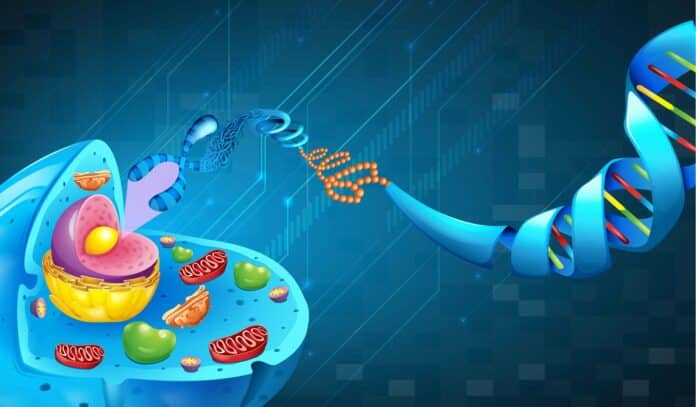Researchers at USC Dornsife College of Letters, Arts, and Science developed a groundbreaking technique called CReATiNG (Cloning, Reprogramming, and Assembling Tiled Natural Genomic DNA). This method simplifies and reduces the cost of constructing synthetic chromosomes.
It can potentially revolutionize synthetic biology, advancing genetic engineering for medical applications, biotechnology, biofuel production, and space exploration. CReATiNG involves cloning and reassembling natural DNA segments from yeast, allowing the creation of synthetic chromosomes. This technique enables the modification of chromosome structures, gene deletion, and combination of chromosomes between different yeast strains and species.
Lead researcher Ian Ehrenreich, professor of biological sciences at USC Dornsife, said, “The method significantly improves current technology. With CReATiNG, we can genetically reprogram organisms in complex ways previously deemed impossible, even with new tools like CRISPR. This opens up a world of possibilities in synthetic biology, enhancing our fundamental understanding of life and paving the way for groundbreaking applications.”
CReATiNG simplifies and cheapens synthetic biology research, especially in synthetic genomics. Unlike traditional methods involving building chromosomes from scratch using expensive chemically synthesized DNA, CReATiNG uses natural DNA parts to assemble entire chromosomes.
This breakthrough, led by Alessandro Coradini, an Agilent postdoctoral fellow, makes advanced genetic research more accessible, reducing costs and technical barriers. This innovation allows scientists to address pressing challenges in science and medicine.
CReATiNG, a revolutionary technique, has broad applications in medicine, biotechnology, and beyond. It could enhance pharmaceutical and biofuel production, aid in cancer therapies, and contribute to environmental bioremediation.
The method may even support human life in space by creating organisms adapted to space stations or long-distance travel. Notably, rearranging yeast chromosome segments through CReATiNG can significantly alter growth rates, showcasing the profound influence of genetic structure on biological function and paving the way for further exploration in genetic research.
CReATiNG emerges as a game-changer in synthetic chromosome creation, offering a faster, more cost-effective alternative. Its potential applications span biotechnology and medicine to environmental bioremediation and space exploration. The method’s ability to rearrange chromosomes and impact growth rates unveils new dimensions in genetic research, sparking possibilities for innovative solutions to pressing challenges in science and medicine.
Journal reference:
- Coradini, A.L.V., Ville, C.N., Krieger, Z.A. et al. Building synthetic chromosomes from natural DNA. Nature Communications. DOI: 10.1038/s41467-023-44112-2.
